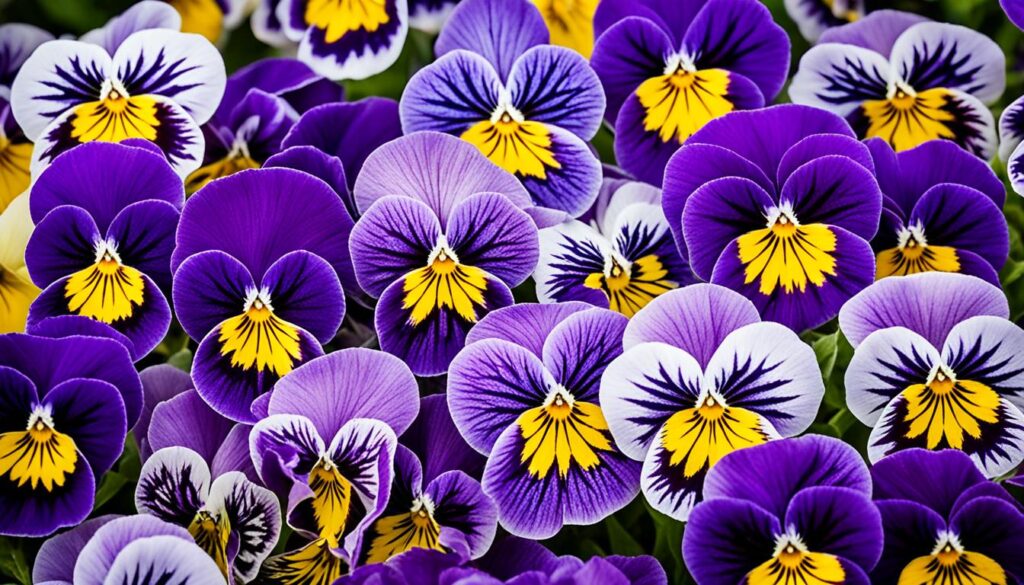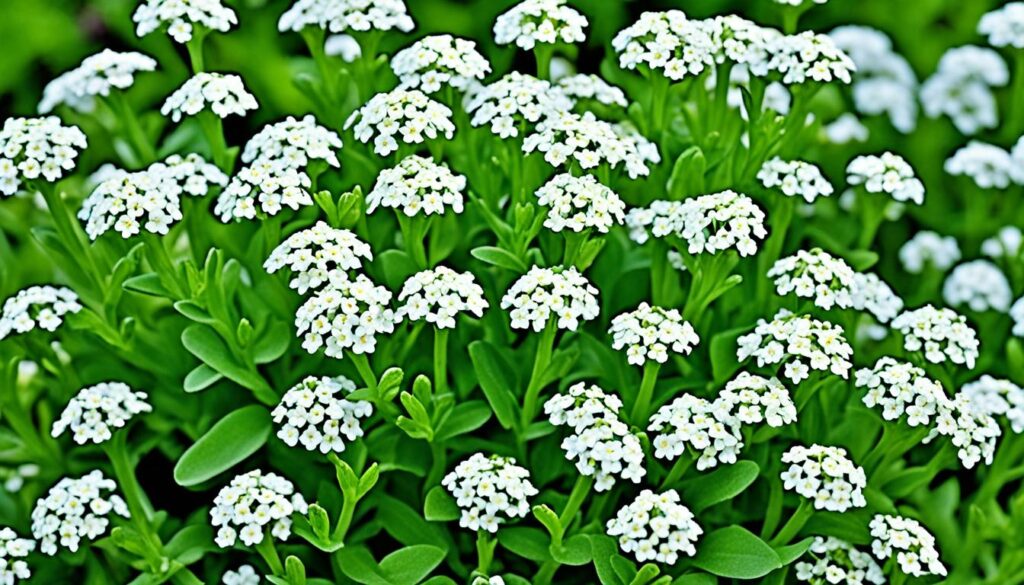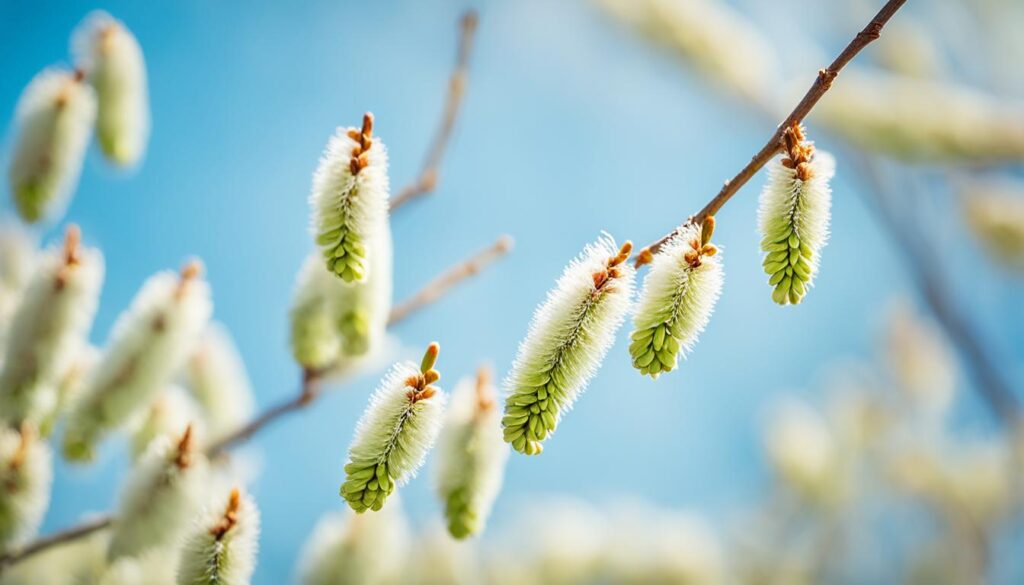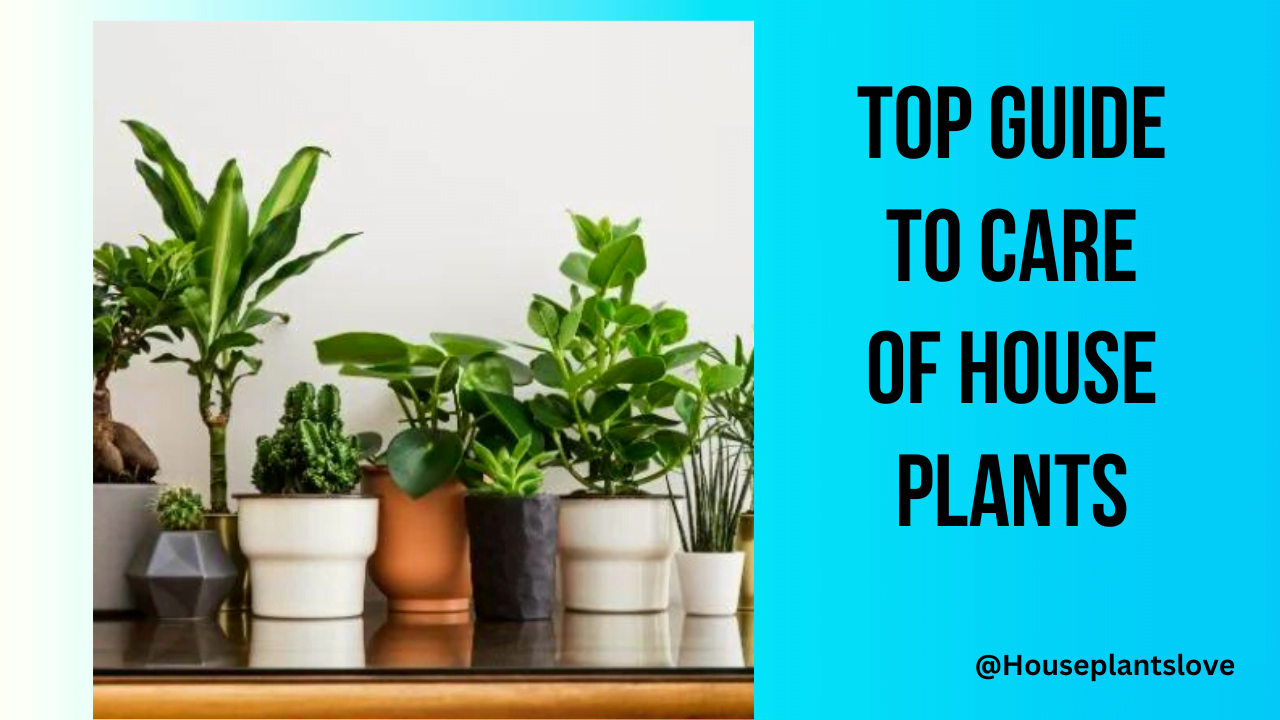Spring is the perfect time to plant flowers in your garden and fill them with vibrant colors. In this planting guide, I will share the best spring flowers to plant in your garden. These flowers have been carefully selected based on their beauty, ease of care, and ability to thrive in the spring season. Whether you have a large garden or a small patio, there’s a perfect spring flower for every space.

When it comes to spring flowers, there are endless options to choose from. From delicate snowdrops to cheerful pansies, these blooms will transform your garden into a colorful oasis. Whether you’re looking for flowers that bloom early in the season or ones that attract pollinators, there’s something for everyone.
Top 13 Spring Flowers for Your Garden Planting Guide
So, if you’re ready to bring the beauty of spring to your garden, let’s dive into the world of spring flowers and discover the best options for your outdoor space. Get your gardening gloves ready, because it’s time to create a stunning spring garden!
Snowdrop
Snowdrops, also known as galanthus, are one of the first flowers to bloom in the early spring. These delicate bulbs are planted in the fall and often emerge when there is still snow on the ground in northern climates. With their pretty drooping white and green flowers, snowdrops add a touch of elegance to any garden.
These beautiful flowers thrive in rich soils and prefer partial shade to shade, making them an excellent choice for areas with less sunlight. Snowdrops can be planted in borders, under trees, or in rock gardens for a natural and graceful look. Their slender stems and dainty flowers create a stunning contrast against the white snow.
Aside from their visual appeal, snowdrops are also known for their early bloom time, signaling the end of winter and the arrival of spring. Their presence in the garden brings a sense of hope and renewal after the cold winter months.
You can also read Winter Flowering Plants to Brighten Your Garden
Key Features of Snowdrops:
- Early spring flowering bulbs
- Pretty drooping white and green flowers
- Thrive in rich soils
- Prefer partial shade to shade
- Suitable for borders, under trees, and rock gardens
- Symbolize the arrival of spring
Pansy and Viola
Pansies and violas are charming annual flowers that come in a wide range of colors. Their tiny “faces” are adorable and can brighten up any early spring garden. These flowers can be planted in pots, baskets, and window boxes, adding a pop of color to your outdoor space. Some pansy and viola varieties can even rebound in the fall or drop seeds to reappear on their own the following spring.
These annual flowers are perfect for those looking to add vibrant hues to their early spring garden. Pansies and violas are known for their vivid colors, from deep purples and blues to bright yellows and oranges. They are resilient and can withstand cooler temperatures, making them a great choice for spring planting.
Whether you choose to plant them in flower beds or containers, pansies, and violas will create a stunning visual display in your garden. Their delicate and intricate petals resemble tiny faces, adding a touch of whimsy to your outdoor space.
In addition to their beauty, pansies and violas are low-maintenance flowers that are easy to grow. They require well-drained soil and prefer full sun to partial shade. Regular watering and occasional deadheading will keep them blooming all season long.
One of the advantages of planting pansies and violas is their ability to rebound in the fall or reseed themselves for the following spring. This means that you can enjoy their vibrant blooms year after year without much effort.
If you’re looking to create a colorful and lively early spring garden, consider planting pansies and violas. Their charming “faces” will bring joy to any outdoor space, and their resilience makes them a great choice for beginners and experienced gardeners alike.

Sweet Alyssum
Sweet Alyssum is a tiny but mighty annual flower that is sweetly scented and a favorite of pollinators. Its delicate blooms and honey-like fragrance make it a beautiful addition to any garden. Not only does Sweet Alyssum provide visual appeal, but it also attracts important pollinators like bees and butterflies, making it an excellent choice for those looking to support and nourish local ecosystems.
Sweet Alyssum can be planted alongside spring bulbs or other upright flowers that tolerate cold temperatures, such as snapdragons. This creates a visually pleasing arrangement and ensures your garden remains filled with color throughout the spring season. The combination of Sweet Alyssum’s low-growing habit and the vertical structure of the bulbs or flowers provides a dynamic and eye-catching display.
One of the advantages of Sweet Alyssum is its ability to thrive in cooler temperatures. It prefers full sun to part shade, allowing for versatility in placement. Ensure your garden receives at least four to six hours of sunlight each day to maximize the growth and blooming of your Sweet Alyssum plants. If the weather becomes too hot and the plants start to look shaggy, regular trimming can help maintain their appearance and ensure continuous flowering.
With its petite size and lovely fragrance, Sweet Alyssum is a charming addition to any garden or container. Plant it near seating areas or walkways where its scent can be enjoyed. Its high attractiveness to pollinators also makes it a valuable companion to other pollinator-friendly flowers in your garden. By including Sweet Alyssum in your spring garden, you’ll create a welcoming space for pollinators and enjoy the beauty and fragrance of this delightful flower all season long.

Benefits of Sweet Alyssum:
- Attracts pollinators like bees and butterflies
- Provides a sweet fragrance
- Perfect for layering with spring bulbs and other flowers
- Thrives in cooler temperatures
- Can be trimmed back to maintain appearance
- Grows well in both full sun and part shade
Creeping Phlox
Creeping phlox is a versatile and beautiful ground cover flower that adds a touch of color and fragrance to any garden. With its low-hanging habit, it creates a stunning carpet of purple, blue, or pink flowers, turning your garden into a vibrant oasis.
Not only does creeping phlox enhance the aesthetic appeal of your outdoor space, but it also attracts pollinators like butterflies and bees, ensuring a buzzing and lively atmosphere.
One of the greatest advantages of creeping phlox is its adaptability to different sun exposure levels. Whether you have a sun-drenched area or a partially shaded spot, this ground cover flower thrives in both conditions.
If you’re looking for a low-maintenance and visually impressive addition to your garden, consider planting creeping phlox. Its colorful blooms and ability to cover large areas make it an excellent choice for creating stunning floral displays that will turn heads and capture the hearts of garden enthusiasts.

Pussy Willow
When it comes to early signs of spring, the pussy willow is a true delight. This beautiful shrub begins to break bud in late winter to early spring, signaling the end of the cold season. With its unique fuzzy “catkins” adorning the naked branches, the pussy willow adds a whimsical touch to any garden or landscape.
The pussy willow thrives in wet areas, making it an ideal choice for damp or marshy regions in your yard. Its adaptability to various soil conditions and ability to tolerate wet environments make it a versatile and hardy early spring shrub.
One of the noteworthy features of the pussy willow is its versatility as a cut flower. The fuzzy catkins are not only charming to look at but also make cheery long-lasting stems for indoor flower arrangements. By incorporating pussy willow stems into vases, you can bring the beauty of early spring indoors, brightening up your living space.
How to Care for Pussy Willow
- Plant the pussy willow in a location that receives sun to part shade, as it thrives in these light conditions.
- Ensure that the soil is well-draining and slightly acidic for optimum growth.
- Regularly water the pussy willow to keep the soil consistently moist, especially during dry periods.
- Prune the shrub in late winter or early spring to encourage new growth and maintain its shape.
- Protect the pussy willow from strong winds, as the delicate catkins can be easily damaged.

Foxglove
Foxglove is a stunning biennial flower that adds a touch of enchantment to any garden. With its tall stems and tube-shaped blooms, foxglove comes in a variety of colors, including purple, yellow, red, and white. These biennial flowers thrive in both full sunlight and partial shade, making them versatile options for different garden environments.
However, it’s important to handle foxglove with caution. The plant contains toxic compounds that can be harmful if consumed, so it should be kept out of reach of children and pets. Despite its potential toxicity, foxglove remains a popular choice among gardeners for its unique beauty and visual impact.
When planting foxglove, it’s best to start with young plants or sow seeds in late summer or early fall for blooms the following year. These elegant flowers are known to attract bees and hummingbirds, adding movement and life to your garden. Whether planted in borders, cottage gardens, or woodland areas, foxglove is sure to make a statement with its tall spires of blooms.
Common Periwinkle
Common periwinkle is a stunning creeping ground cover plant that adds beauty to any garden. This perennial plant blooms from May to June, showcasing vibrant lavender-blue or white flowers. With its low height of up to six inches and 18-inch spread, the common periwinkle is perfect for covering areas where spring bulbs have faded.
Although it can be somewhat invasive in certain regions, common periwinkle is relatively easy to remove if necessary. It thrives in a variety of conditions, from full sun to part shade. To ensure optimal growth, it is essential to provide well-drained soil, preferably with a dry to medium moisture level.
Winter Jasmine
Winter jasmine is a versatile climbing plant that adds beauty and flexibility to any spring-blooming garden. Its charming yellow flowers bloom in March and April, creating a vibrant contrast with its red and yellow flower buds. This plant has the unique ability to climb up to 15 feet, thanks to its sturdy structure. Additionally, if the branches come in contact with the soil, winter jasmine can also serve as a ground cover.
When it comes to sunlight, winter jasmine prefers full sun to part shade, making it a great choice for various gardening areas. It is important to note that this resilient plant thrives best in well-drained, sandy loam soil. By providing these optimal growing conditions, you can ensure the successful growth and flourishing beauty of your winter jasmine.
Amur Adonis
Amur adonis, a member of the buttercup family, is one of the first flowers to bloom in spring. With its delicate beauty, this perennial species adds a touch of elegance to any garden. Standing at a maximum height of one foot, Amur adonis produces stunning blooms in shades of pale yellow, bright yellow, or deep yellow-orange. Its vibrant colors are sure to catch the eye and lift the spirits.
Thriving in hardiness zones 4 to 8, Amur adonis is well-suited for a wide range of climates. It is a hardy plant that can withstand cooler temperatures, making it an excellent choice for gardeners in colder regions. This colorful beauty prefers average, moist soil, creating the perfect environment for it to grow and flourish.
It’s important to note that while Amur adonis adds beauty to your garden, it can be toxic to some farm animals. If you have livestock or pets, take precautions to ensure they are kept away from this plant.
Winter Aconite
Winter aconite is a charming bulb plant that blooms in early spring, often emerging through the snow cover. With its bright yellow flowers, it adds a burst of vibrant color to any garden. This low-growing plant reaches a height of 3 to 6 inches, making it ideal for massing in front of shrubs or naturalizing in woodland gardens.
Winter aconite is hardy in zones 3 to 7, making it suitable for a wide range of climates. It prefers well-drained soil and can thrive in both full sun and part shade. To ensure optimal growth, it is important to provide medium moisture to the soil.
If you’re looking to add an early spring bloomer to your garden, the winter aconite is a fantastic choice. Its cheerful yellow flowers and ability to thrive in various conditions make it a standout addition to any landscape.
Virginia Bluebell
When it comes to adding beauty to your woodland garden, look no further than the Virginia Bluebell. This charming woodland plant grows up to 2 feet tall and boasts stunning blooms in shades of delicate blue and pink. It’s nodding bell-shaped flowers appear in March and April, adding a touch of elegance to any garden.
One of the great advantages of Virginia Bluebell is its ability to thrive in different growing conditions. It does best in part shade to full shade, making it the perfect choice for areas with limited sunlight. It also has a wide hardiness range, from zones 3 to 8, which means it can withstand a variety of temperature conditions.
Virginia Bluebell pairs beautifully with other shade-loving plants like hostas and ferns, creating a lush and vibrant garden. Its foliage dies back by mid-summer, allowing other plants to take the spotlight while maintaining a natural balance.
For optimal growth, Virginia Bluebell requires medium, well-drained soil. This ensures that the plant receives the right amount of moisture without becoming waterlogged. With its stunning blooms and adaptability, Virginia Bluebell is a must-have for any woodland garden.
Dutchman’s Breeches
Dutchman’s breeches is a charming spring-blooming plant that adds a touch of whimsy to any garden. This delightful perennial grows six to 12 inches tall and wide, with delicate, fern-like leaves. What makes Dutchman’s breeches truly unique are its white to pinkish pantaloon-shaped blooms, which resemble tiny trousers hanging upside down on a clothesline. These blooms appear in March, creating a captivating display that is sure to catch the eye.
As a member of the Bleeding Heart family, Dutchman’s Breeches shares a similar elegance and grace. However, it has its own distinct charm. The plant is best suited for woodland gardens, where it can thrive in part shade to full shade. By planting Dutchman’s breeches alongside other shade-loving plants, you can create a serene and enchanting woodland oasis.
Dutchman’s breeches is remarkably versatile and adapt well to a variety of growing conditions. It is hardy in zones 3 to 7, making it suitable for many regions across the United States. This plant prefers medium moisture, and well-drained soil for optimal growth. When grown in the right conditions, Dutchman’s breeches will reward you with their delicate beauty and lend a touch of magic to your garden.
Lenten Rose (Hellebore)
When it comes to early blooming flowers, the Lenten Rose, also known as hellebore, is a true standout. With its stunning array of colors, including white, cream, yellow, pink, rose, purple, and maroon, it adds a touch of elegance and beauty to any garden.
As a perennial plant, the Lenten Rose can be enjoyed year after year. It typically reaches a height of 18 to 24 inches, making it a great choice for adding some vertical interest to your landscape.
One of the great advantages of the Lenten Rose is its ability to thrive in a wide range of hardiness zones, from 4 to 9. Whether you live in a colder climate or a warmer region, you can enjoy this exquisite flower in your garden.
When it comes to light preferences, the Lenten Rose prefers part shade to full shade, especially during the hot summer months. This makes it an ideal choice for woodland areas, as well as for planting beneath shade trees or large shrubs.
The Lenten Rose, or hellebore, is truly a showstopper in the spring garden. With its early blooms, vibrant colors, and adaptability to different climates, it’s no wonder why it remains a popular choice among gardeners. Experience the beauty and charm of the Lenten Rose in your own garden today.
Pulsatilla Vulgaris
Pulsatilla vulgaris is a compact perennial that is known for its stunning lavender flowers. This beautiful plant grows to a height of 8 to 12 inches and eventually spreads, making it a great choice for adding color and texture to your garden. Its flowers bloom in April to May, making it the perfect addition to an Easter-themed garden.
One of the benefits of Pulsatilla vulgaris is that it is rabbit-proof, which means you can enjoy its beauty without worrying about it being eaten by rabbits. This makes it an excellent choice for gardens that have a rabbit problem.
Pulsatilla vulgaris is hardy in zones 4 to 8, making it suitable for a wide range of climates. It thrives in full sun to part shade, so you can plant it in various areas of your garden. However, it is important to provide gritty, well-drained soil for optimal growth.
Galanthus Nivalis
Galanthus nivalis, also known as snowdrops, is one of the earliest flowers to bloom in spring. These delicate, white flowers make their appearance in February, often pushing through the snow to announce the arrival of spring. Snowdrops are perennial bulbs that can be planted in the fall for early spring blooms.
These early-blooming bulbs are perfect for adding a touch of beauty to your garden as winter comes to an end. Galanthus nivalis bulbs can naturalize over time, forming drifts of charming white flowers. To create a stunning visual impact, plant them in masses or drifts where they can spread and naturalize freely.
When it comes to growing Galanthus nivalis, they thrive in hardiness zones 3 to 7, making them suitable for a wide range of climates. They prefer full sun to partial shade, so it is important to find a location that receives adequate sunlight throughout the day. Plant them in well-drained soil, ensuring that they receive average moisture to keep them healthy and blooming.
Witch Hazel
When it comes to adding beauty and charm to your garden, few plants can rival the witch hazel. This deciduous shrub is a true delight, blooming in late winter to early spring when most other plants are still dormant. One named cultivar, the ‘Arnold Promise is a stunning hybrid cross between Japanese and Chinese witch hazel that bursts into flower from February to March, even before other flowering bushes except for some early-blooming magnolias.
With its graceful vase-shaped growth habit, witch hazel can reach a height of 12 to 15 feet, making it an excellent choice for borders, screens, and woodland gardens. Whether you’re looking to create a natural hedge or add a splash of color to your landscape, this versatile shrub fits the bill perfectly.
Witch hazel thrives in hardiness zones 5 to 8, making it suitable for a wide range of regions in the United States. It prefers full sun to partial shade, so try to place it in a location where it can receive at least six hours of direct sunlight per day. To ensure optimal growth, provide the shrub with medium moisture and well-drained soil. With proper care and the right conditions, your witch hazel will reward you with its vibrant blooms year after year.




